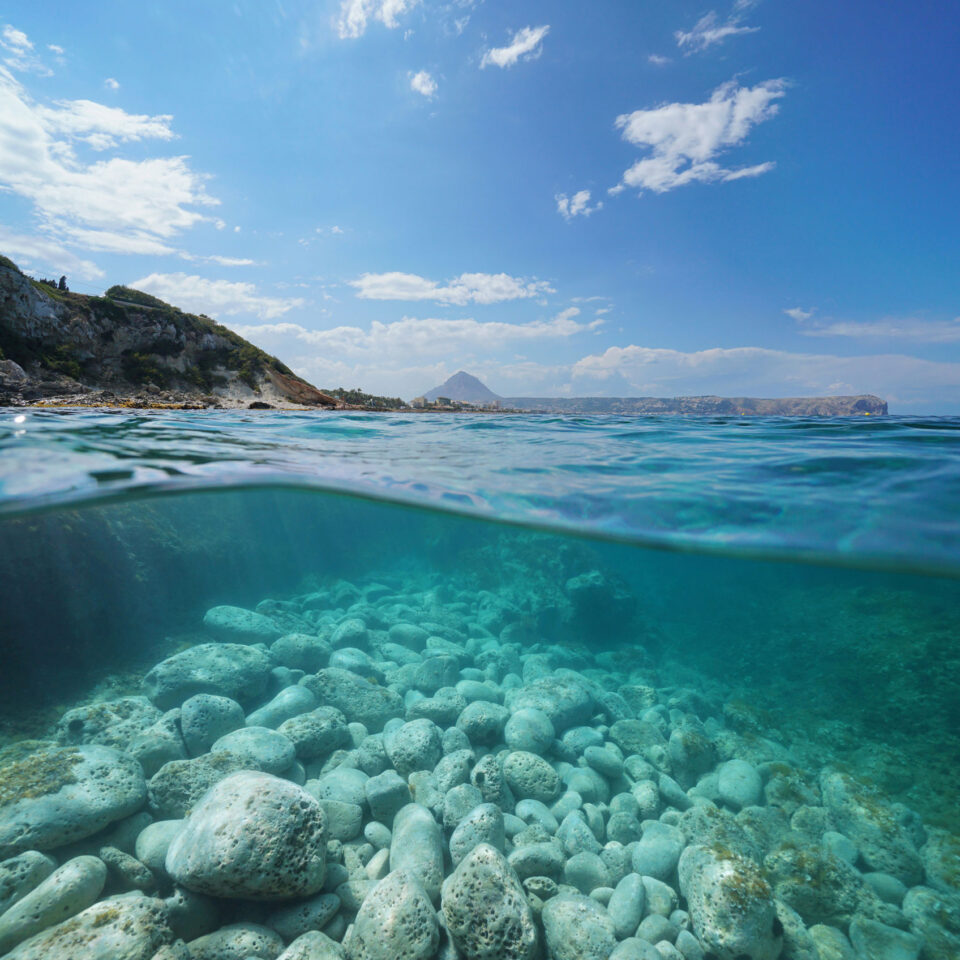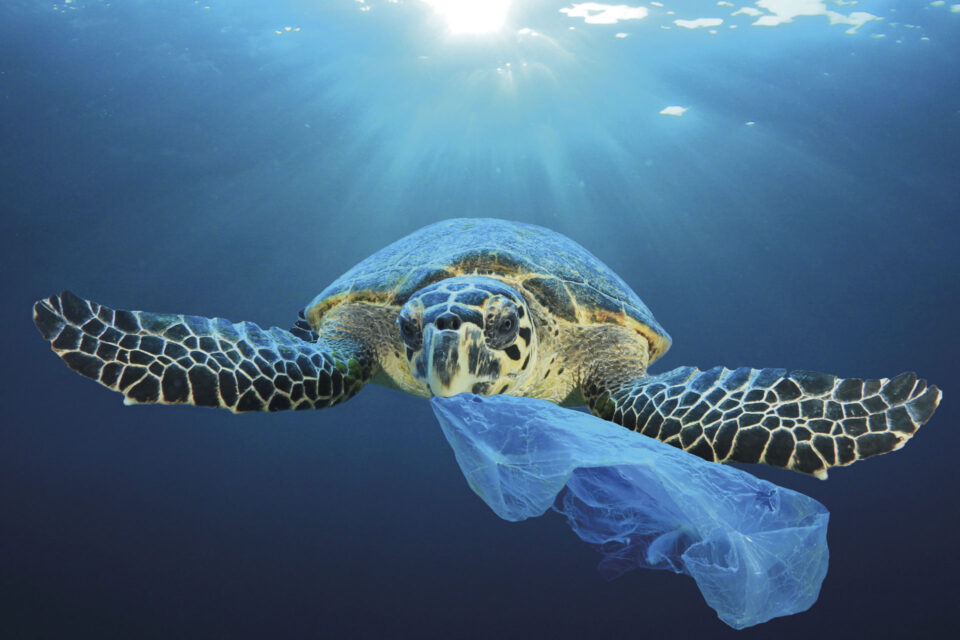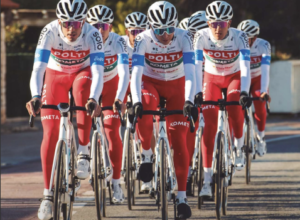It is no exaggeration to say that Dénia is one of the biggest Mediterranean capitals in terms of subaquatic archaeology. One of the biggest archaeological heritages in Europe is found underwater on the coast of Dénia as a result of its atavistic relationship with the Mediterranean Sea. All over the Valencian coastline, the highest number of sunken battleships and subaquatic sites is concentrated under its waters. This data was decreed by the government in 2014 and there have been more discoveries since then. One of the last finds was just two summers ago. A French tourist aged 16 and her younger brother made an unexpected and surprising finding during their holidays. While they were snorkelling in the coastal region located to the North of the city, they found the remains of a battleship 350-metre long in the beach, at only 3,5 metres in depth. These remains belong to the pirate battleship Zephyr, wrecked in 1813 during the Peninsular War against the French. The ship got stuck and sunk in front of Las Marinas around 13th and 14th May 1813 with around a hundred of dead pirates on board.
This shipwreck was not the only. The Mediterranean Sea hides wreckages of all ages in front of Dénia. The most ancient remains are some amphorae produced in Ibiza, dating from the 5th century B.C. The wreckages of over 80 ships lie at the bottom of the sea as if it was a shipwreck graveyard. Moreover, the seabed is changing every year. One year there are remains that appear and the following year they are buried again for over 20 years more.
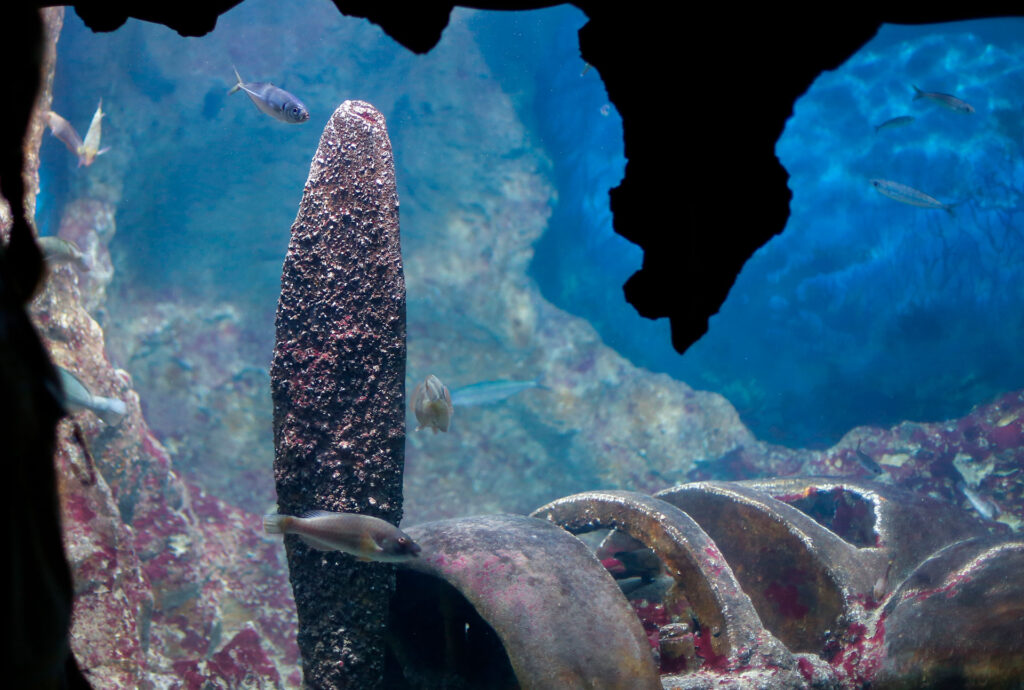
From this year and after a long vindication, the maritime heritage in Dénia is being exhibited in the former fish market. The Museo del Mar hosts an exhibition that travels through 2.300 years of history.
Why does Dénia harbour so many treasures? This is due to the strategic point of its port in the western Mediterranean geography, being so close to the Balearic islands. The city was also a vital point for the maritime trade: the Roman Dianimun, the Islamic Daniya and currently known as Dénia became a flourishing place of commerce. Historically, it has been a natural refuge in the coastline of Alicante as large vessels could anchor and set sail to different destinations in the Mediterranean Sea. Especially, in the direction of Italy, following the Islands route. Dénia is considered as the only natural refuge along the 500 km of coastline extending from Los Alfaques in Sant Carles de la Ràpita (Tarragona) to the port in Cartagena (Murcia). This is the reason why ships sought refuge in the seaport of Dénia during great rainstorms, albeit not always successfully.
The important presence of the cliffs in the Cabo de San Antonio and the Montgó massif create a particular wind regime in the area since ancient times. This misled the crew and many ships got lost. The Roman statesman Quintus Sertorius choose Dénia as the maritime base because of its natural conditions in the 1st century B.C. Due to the shallow waters, 1.000 years later, Mujahid al-Amiri founded a Muslim kingdom in medieval Spain, the Taifa of Dénia, and set out to conquer the Balearic islands and Sardinia from its dock. Dénia has always been a maritime landmark, as a finishing point and destination of ships loaded with gold and much wealth.
The wreckages date from all chronologies, from the Roman Empire to the 19th century. Two thousand years of shipwrecks: historical and trade wealth, but also war and naval battles. The sea amasses amphorae, ceramics, ribs, hulls, coins, golden ingots, cannonballs, the frame of the battleships, bells, artillery pieces… all this is treasured in Dénia.
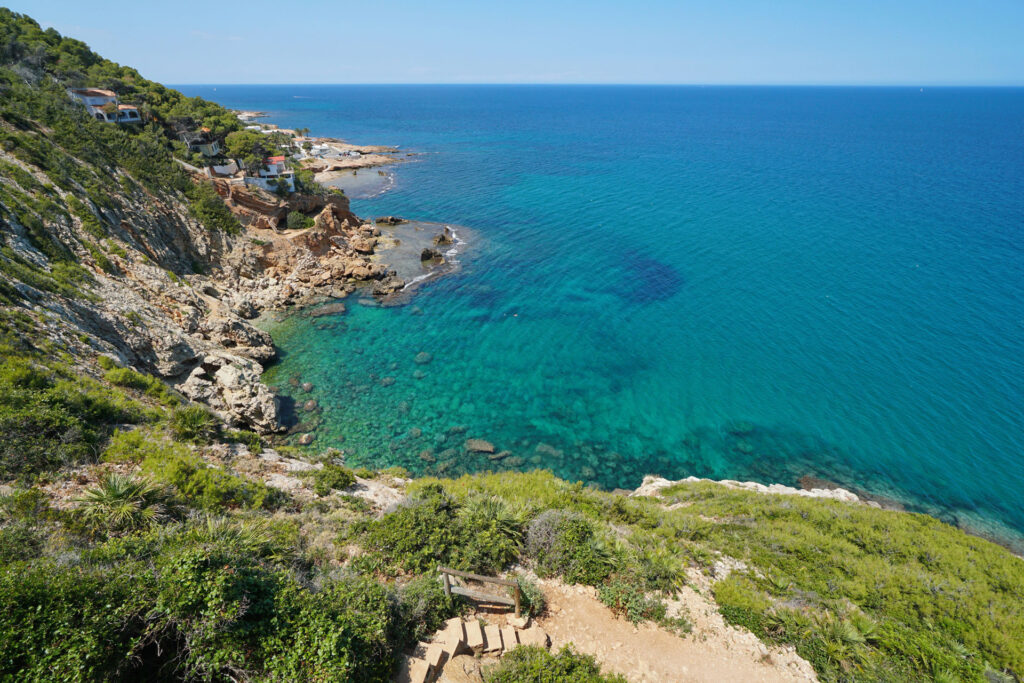
Remains of the Roman ships are found all along the coastline in Denia. In the reign of Emperor Augustus and his successors, ships loaded with goods departed from Dianium to different parts of the Empire. Some of them never reached their destination. This is the case of a ship loaded with wine the merchant Tiberius Claudius Amiantus sent to Cartago Nova and wrecked in front of the beach l’Almadrava. Two residents of El Verger found a trap of this ship, while they were catching octopus in these shores 40 years ago. There are more Roman wreckages in this beach: a ship loaded with Greco-Italic amphorae from Naples dating from the 1st century and another ship which sank with a burden of amphorae from Saguntum.
The sandy beach located in the southern area of the city was the anchorage of ships between the 1st century B.C. and the 19th century of our time. It treasures a huge number of wreckages. Foremost among these is a shipment of amphorae filled with fish sauce coming from Cadiz and a load of oil coming from Baetica found in the southern breakwater, both dating from the 1st century.
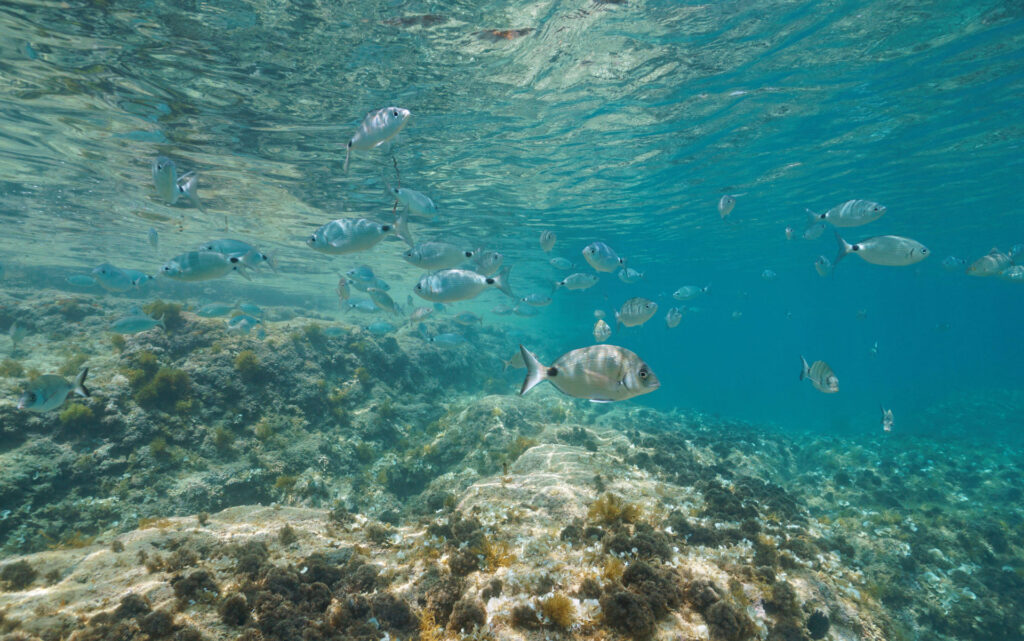
Even more ancient elements are found in the area known as Punta del Faralló: Punic ceramics coming from Ibiza dating from around the 1st century B.C.
Galleys from the 16th or17th centuries dropped anchor in these waters too. In the summer of 2016, a cannonball was found in the beach Les Albaranes. It was first dated from the Spanish Civil War, but it belongs to the 18th century. Along the coastline in front of Dénia, there are at least eight ships dating from a turbulent period between the War of the Spanish Succession and Peninsula War, two excessively armed battles.
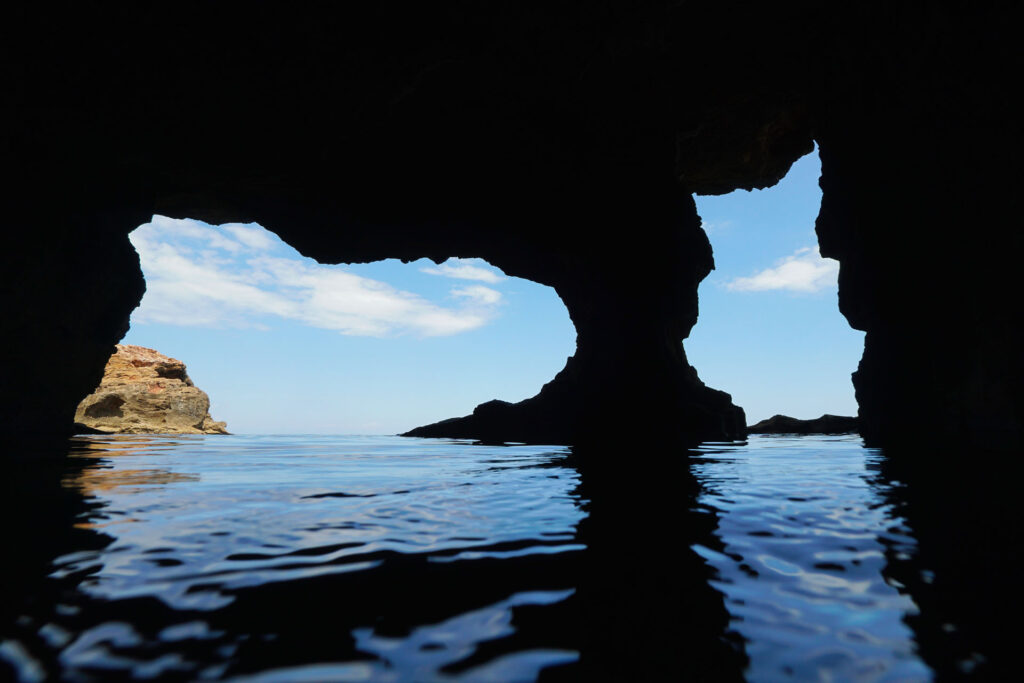
THE SHIPWRECK THAT CHANGED THE COURSE OF HISTORY IN DÉNIA
There is a shipwreck that touched the lives of people in Dénia. On the 16th of May 1799, around 4 a.m., the frigate La Guadalupe belonging to the Spanish Armada run aground in the area of Les Rotes, while fleeing British ships. 327 men were on board and 147 lost their lives. People from Dénia came to the aid of the survivors with clothing and food. This shipwreck revealed the obvious poor condition of the port. As a consequence, the Duchess of Medinaceli rejected to carry out the dredging of the dock and Dénia was joined to the Crown by Carlos IV, the king of Spain, in 1804.
One of the hundred shipwrecks documented is the steamboat La Felguera. It was acquired by a company from Gijón and it was built in Middlesbrough’s shipyard. The steamer was launched in 1876, but it went under only 4 years later, after being rammed by the British steamer “Ardantine” near the Cabo de San Antonio.
